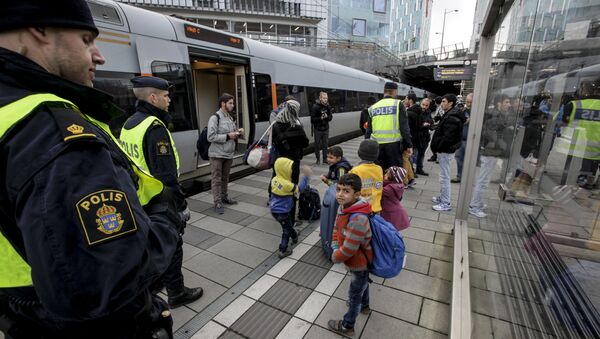The internal border controls were supposed to be eliminated on May 11.
"The Government has decided to prolong internal border controls for an additional six months, up to and including 11 November 2018. The decision was taken in accordance with EU legislation and the Government's assessment that there is still a threat to public order and domestic security," the statement said.
The decision to introduce internal border controls was taken by Swedish authorities in the wake of Europe's mass migration crisis, which started in 2015. These measures were previously extended in November.
READ MORE: Rampant Migrant Unemployment Threatens to Further Raise Swedish Taxes — Forecast
According to official data, Sweden has taken in over 200,000 asylum seekers since 2015. In 2017 circa 24% of the population were been born abroad or had two parents who themselves had both been born abroad.
Since 2015 Europe has been experiencing the worst migration crisis in its history, struggling to accommodate hundreds of thousands of refugees fleeing conflicts in the Middle East and North Africa. International Organization for Migration (IOM) reports, that 171,635 migrants and refugees came to Europe by sea in 2017 and 363,504 in 2016.





